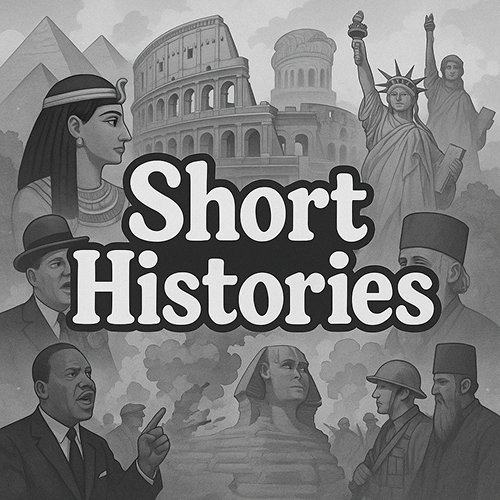It began with chains and ended with silence but in between lay horrors beyond imagination. The Middle Passage was not just a journey across the Atlantic, it was a descent into humanity’s darkest depths. Once captured, whether by force, debt, or deception, African men, women, and children were herded onto ships like cargo. These vessels, known as slave ships, were designed for profit, not people. Each human body represented a price, not a life.
Below deck, conditions defied description. Hundreds were crammed into spaces no taller than a crouching space. They lay shoulder to shoulder, shackled in pairs, sometimes in threes, forced to relieve themselves where they lay. Darkness was near-total, the air was foul and diseases like dysentery, smallpox, fever spread faster than rats could scurry through the damp holds.
The Weight of Death
Mortality was not an accident; it was expected, one in five would not survive the voyage. Bodies weakened by malnutrition and terror were discarded into the ocean like spoiled cargo. Sharks learned to follow the slave ships, a grim migration of their own.
Mothers birthed stillborns into chains and children cried themselves hoarse until they, too, were silent. Those who resisted or showed signs of madness were often thrown overboard. Insurers paid for drowned cargo, dead flesh was cheaper than rebellious flesh. One ship, the Zong, infamously dumped 132 enslaved people overboard so the owners could claim insurance. This was not considered murder, it was considered just business.
The journey could last anywhere from 6 weeks to 3 months, depending on winds, storms, and the captain’s greed. Longer voyages meant more death and more death meant more profit lost. And yet the ships sailed on, packed tighter with every passing year.
Resistance Beneath the Waves
Even in the belly of darkness, chained and half-starved, resistance refused to die. Among the countless men, women, and children crammed beneath the ship’s deck, there burned flickers of defiance. Though desperate and fragile but unbroken.
Uprisings were not myths; they were moments of fierce humanity fighting against the odds. On some ships, captives coordinated silently through glances and gestures, waiting for the right storm, the right lapse in watchfulness, the right night. They rose up with bare fists, with teeth, with iron shackles torn from wrists. Sometimes they took the deck; sometimes they tasted fleeting freedom before being cut down by bullets, swords, and the overwhelming numbers of their captors.
Those who fought did so knowing survival was unlikely but they fought to remind the world, and perhaps the heavens, that they were not cargo. Others chose a quieter, more terrible rebellion: death on their own terms. Mothers cradled their infants and stepped into the sea, fathers broke their bonds with bloodied wrists and leapt overboard, pulling chains behind them like anchors. They believed, as many did, that the ocean held spirits who would welcome them home. That beneath the waves lay freedom no chains could bind.
Yet even this choice was stolen from them. The slavers anticipated such despair so nets were strung beneath the hulls not to catch fish, but to catch bodies. Those who tried to slip silently into the deep found themselves ensnared, dragged back up like spoils of a cruel harvest.
Starvation as protest was met with cruelty even more inventive. Iron contraptions were used pry mouths open and then molten gruel was forced down throats. Whips lashed skin not to punish, but to break spirits. And yet, even through this torment, stories survived. Passed in hushed words from one generation to the next, they told of those who chose the ocean over slavery, who vanished beneath the waves as free spirits rather than emerge as owned flesh.
Some say you can still hear them, in the endless churn of the Atlantic: the songs of the drowned, the prayers of the defiant and the echoes of those who refused to be erased. They did not reach the plantations and they did not live to see the land again but in choosing death, they reclaimed what little of their humanity had been stolen. They became legends beneath the waves.
Echoes on the Ocean
The trauma of the Middle Passage did not end upon arrival, survivors carried the scars both physical and spiritual into the plantations of the Americas. Families shattered, languages were lost and cultures broke. Entire identities drowned between continents and the ocean remembers. Beneath the Atlantic’s surface lie the bones of millions: men, women, children. An unmarked graveyard stretching from the shores of West Africa to the Caribbean and the Americas.
This was no accidental tragedy. It was a system built on cruelty, greed, and dehumanization. The Middle Passage was a necessary artery of a monstrous body: The Transatlantic Slave Trade pumping suffering for profit. Even now, the waves still carry whispers of those who never reached land.
Next Time: The Transatlantic Slave Trade Final Part — The Chains That Remain
From plantations to prejudice: how the legacy of slavery shaped modern economies, race relations, and the fight for equality today.
Please go back to top & scroll gently

